Festivals are not just about celebrations anymore, they’ve become one of the most defining moments for ecommerce businesses. A festival can turn an ordinary month into a record-breaking one. It’s the time when consumers are more open to spending, investors are eager to see traction, and founders work sleepless nights to ensure websites don’t crash under traffic spikes.
But here’s the truth: preparing for festive sales is not about last-minute discounts and flashy banners. It’s about having a disciplined, data-backed sprint that sharpens your campaigns, improves your ecommerce store’s performance, and ensures you make the most of every visitor who lands on your site.
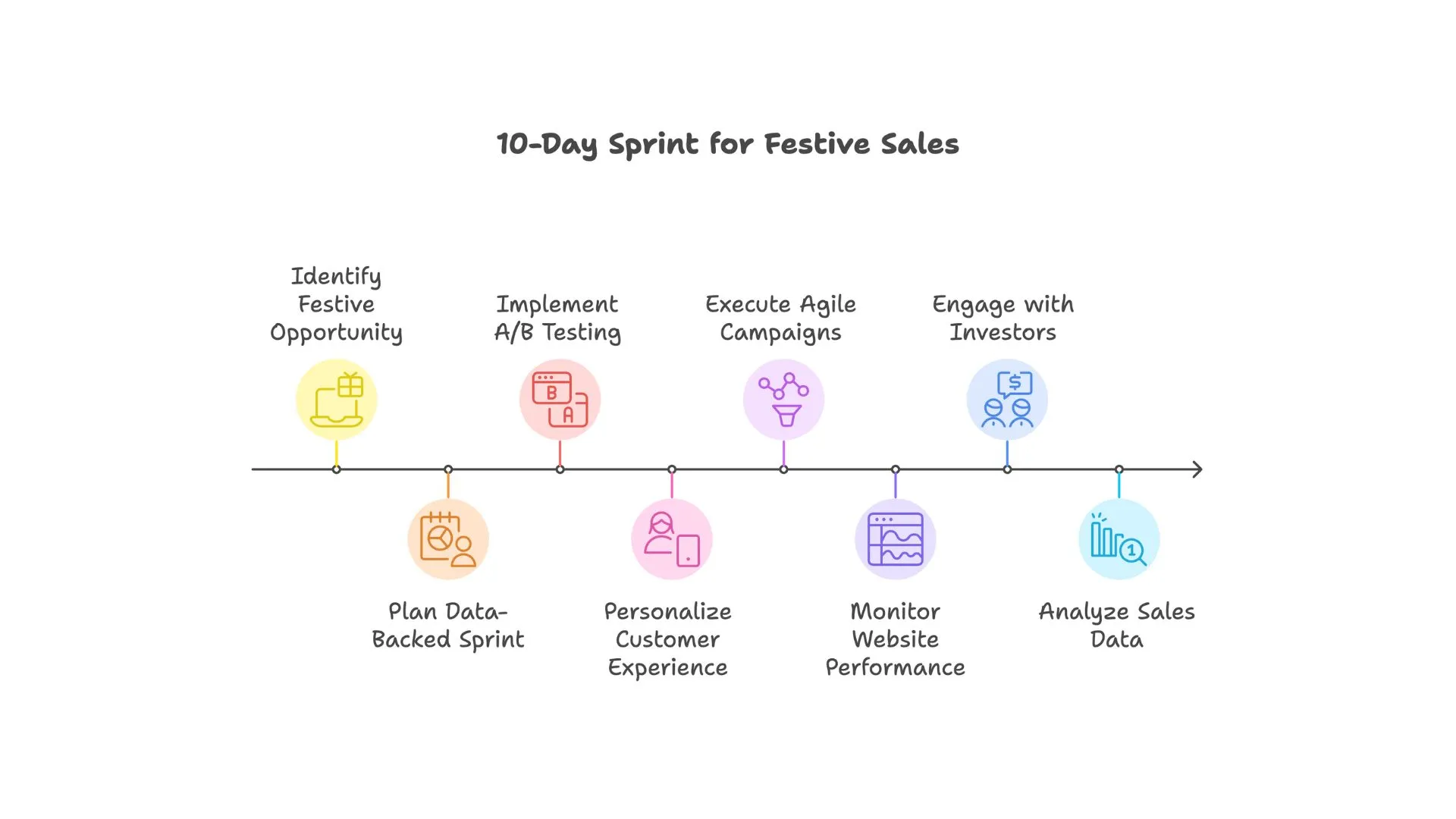
In this blog, we’ll walk through a 10-day sprint framework to accelerate your festive sales. You’ll see this journey from the lens of founders, investors, and consumers, and discover how strategies like A/B Testing, personalisation, and agile campaign execution can make the difference between a festive campaign that fizzles out and one that sets your brand apart.
Festivals don’t last forever, and neither does the window of opportunity. While the festive period may run for weeks, the buying intensity peaks only for a few days. If your ecommerce store isn’t ready, you risk losing traffic, sales, and customer trust.
That’s why the sprint framework works. By treating the 10 days before your festive launch as a mini bootcamp, you can test, optimise, and prepare without being overwhelmed. Think of it as the rehearsal before the grand performance.
The first step is clarity. What do you want this festive season to achieve?

Without clear goals, you risk spreading yourself thin. Investors, too, will want to see that you’re not just chasing vanity metrics like traffic but measuring outcomes that matter, conversion rate, average order value, and repeat purchase intent.
Before you run ads and promotions, look at your ecommerce store like a first-time visitor.
Small issues amplify during high-traffic periods. A tiny delay at checkout can lead to thousands of abandoned carts. Tools like CustomFit.ai help you test variations of these elements quickly, without coding, ensuring your store is optimised before the rush begins.
Festivals are not the time for guesswork. Instead of debating whether a “Festive Sale” banner works better than “Limited Time Offer,” let the data decide.
An A/B Testing Platform allows you to:
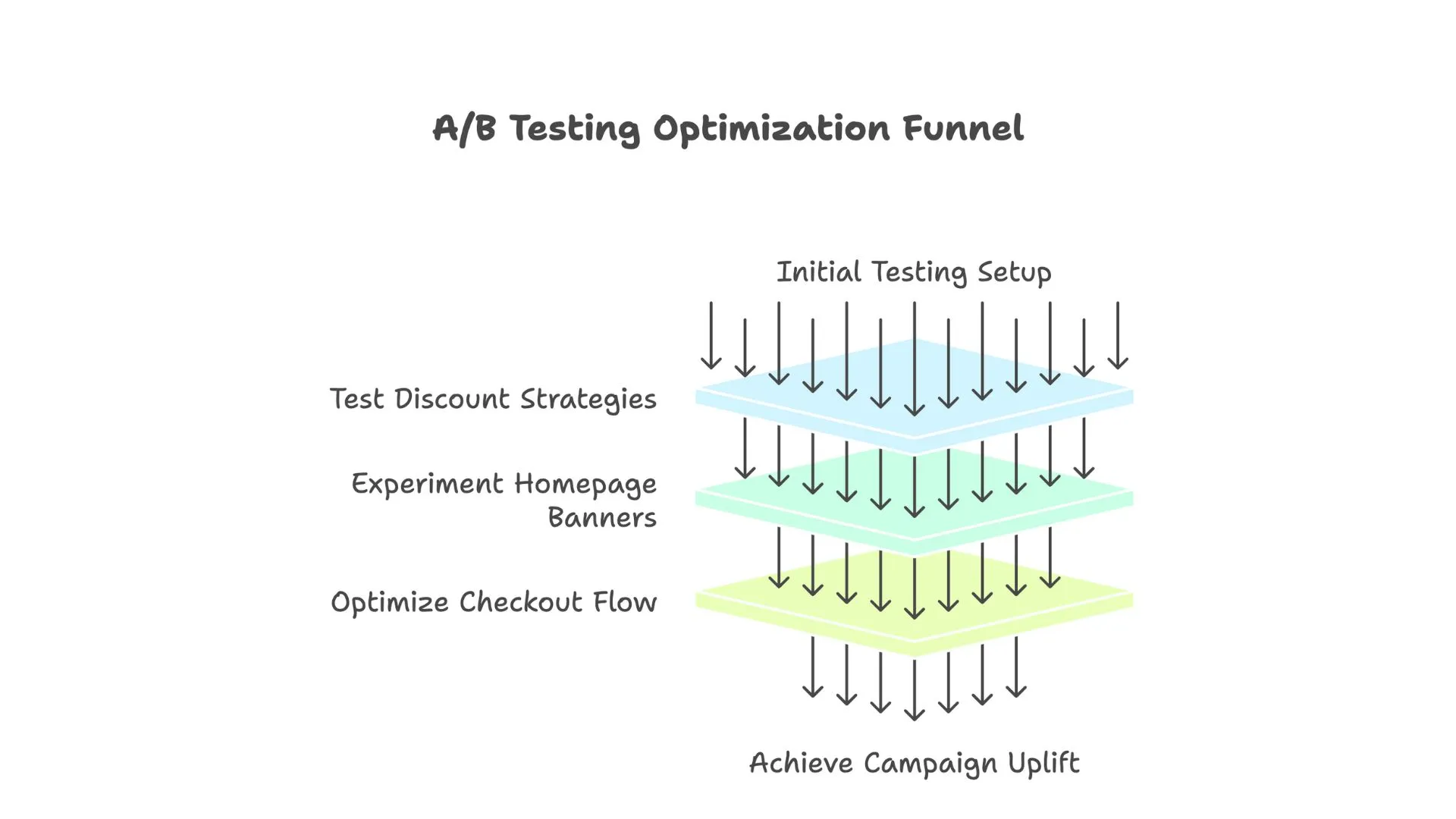
By Day 3, you should have your first set of AB tests running so results start coming in before the campaign goes live. Even a small uplift, say 5%, can lead to massive gains when traffic is at its highest.
Not all visitors are the same. A repeat customer who has bought thrice in the last six months deserves a different experience than a first-time visitor.
This is where personalisation tools come in:
CustomFit.ai, for example, lets D2C brands personalise journeys in real-time. That ensures each visitor feels like the festive sale is built just for them, a surefire way to increase conversion rate.
Imagine launching your biggest festive campaign, only to have your website slow down or crash. That’s not just a technical issue, it’s a brand disaster.
Founders who prepare infrastructure earn investor confidence. Consumers, meanwhile, don’t care about technical excuses, they care about whether they can buy smoothly.
By now, your creatives, offers, and festive stories should be ready. The focus shifts to:
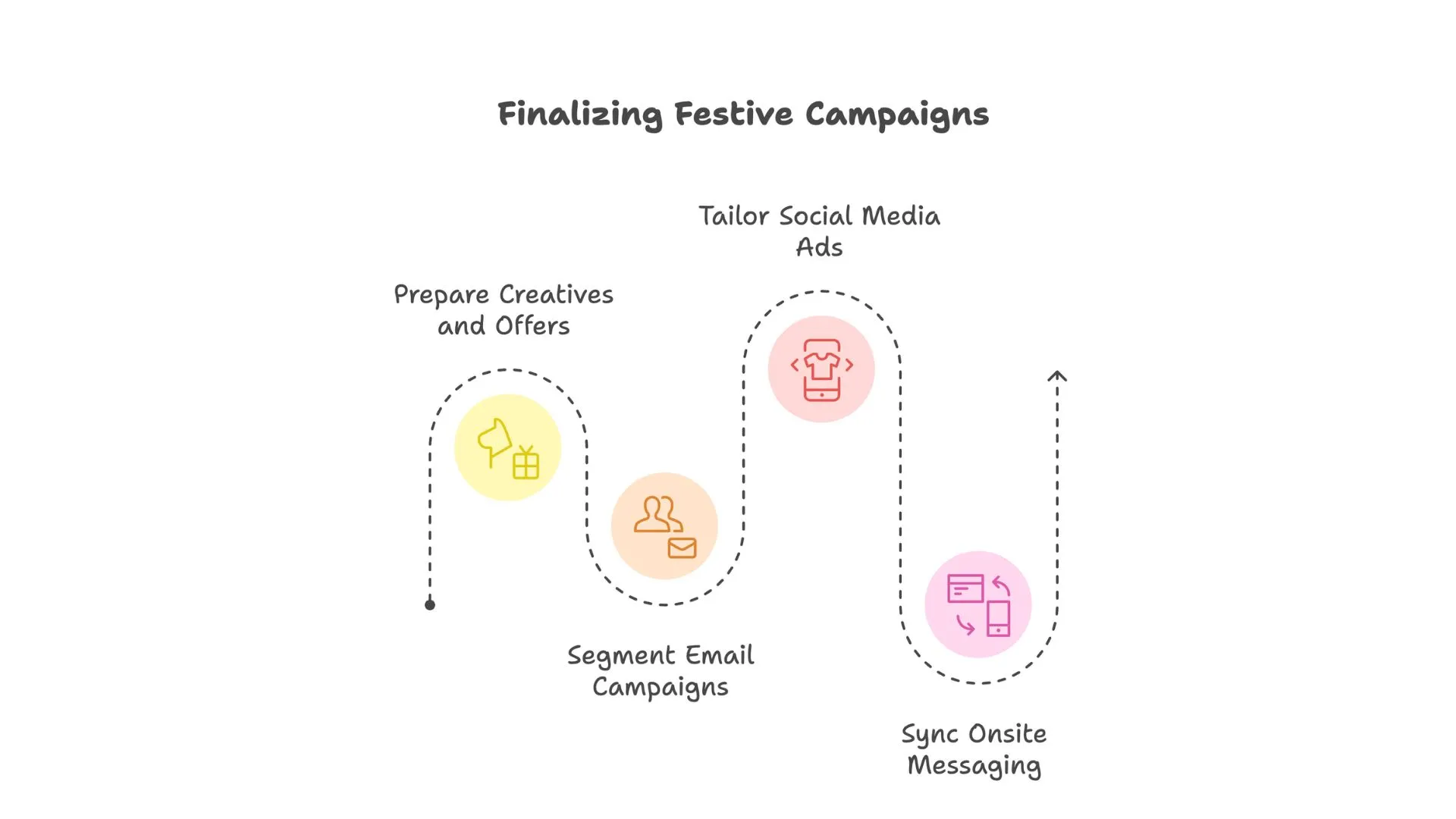
Running an ab test on subject lines or ad creatives before launch helps you know what resonates best. Instead of guessing, you launch with confidence.
While your ultimate goal is sales, small actions also matter:
These micro-conversions warm up your audience and build intent. They’re also critical data points for retargeting. Platforms that track these signals (like CustomFit.ai) allow you to tweak campaigns in real time.
Festive growth isn’t just about technology, it’s about people. Your customer support, logistics, and marketing teams need to be aligned.
For founders, this step is often overlooked. But from an investor’s perspective, team readiness is as important as ad spend.
Before the big day, run a small-scale test of your campaigns. Target a fraction of your audience and measure results.
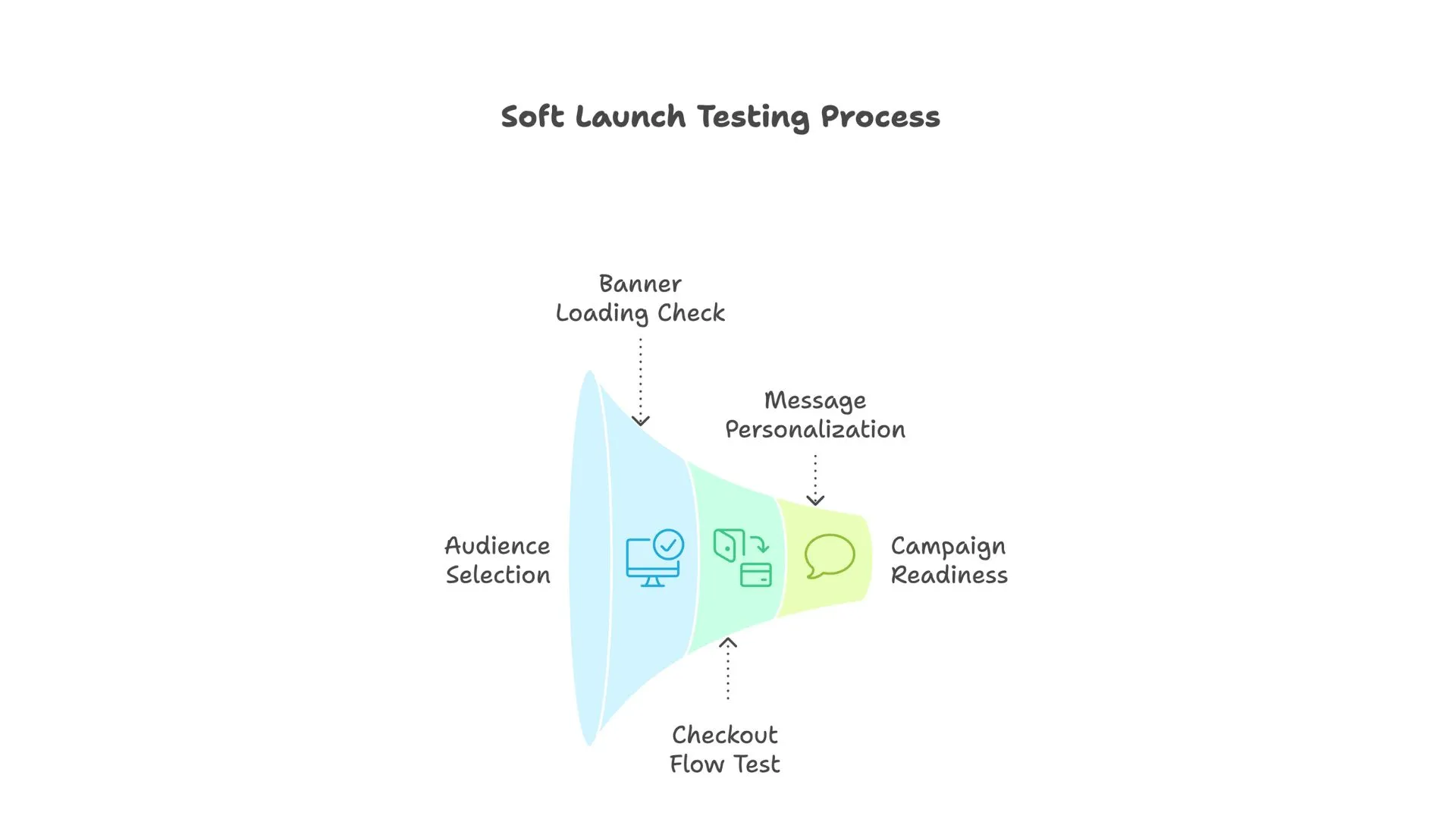
This soft launch acts as a dress rehearsal. Any bugs can be fixed before the real surge.
Finally, the big day. This is where execution matters:
Consumers will see only the polished campaign. Investors will watch how you adapt under pressure. Founders, meanwhile, will know the sleepless preparation was worth it.
Many brands treat festive campaigns as one-off bursts. But the smart ones treat them as onboarding moments.
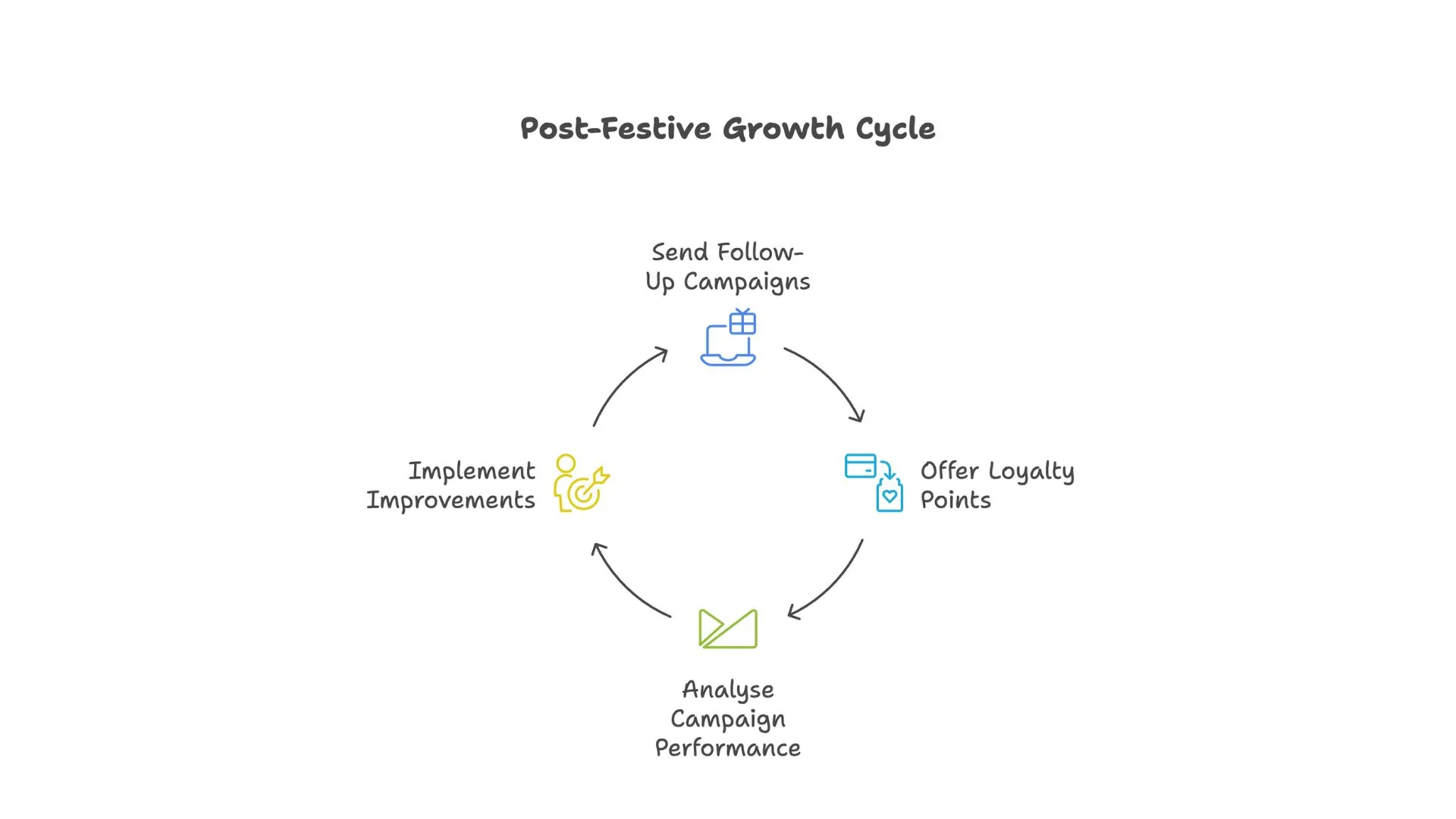
This cycle is what separates growing D2C brands from those that fade away after discounts end.
A home décor D2C brand followed a 10-day sprint before Diwali:
The result? Their festive sales doubled compared to the previous year, and 40% of new festive buyers came back in January.
Q1. Why do ecommerce stores need a 10-day sprint before festive sales?
Because traffic peaks in a very short window. A sprint ensures your store is optimised, campaigns are tested, and infrastructure is ready.
Q2. How does A/B Testing help in festive campaigns?
An A/B Testing Platform allows you to test creatives, discounts, CTAs, and checkout flows before launch. This reduces guesswork and helps increase conversion rate during peak traffic.
Q3. Can CustomFit.ai help my D2C brand during festive sales?
Yes. CustomFit.ai enables A/B Testing and personalisation without code, letting you test offers, banners, and flows in real time. It ensures your ecommerce store adapts quickly during short festive windows.
Q4. What do investors look for in festive campaigns?
They look for scalability, data-backed decisions, and retention. If you can show investors that your festive growth is sustainable, it builds long-term confidence.
Q5. Do consumers notice A/B Testing?
No. Consumers don’t see tests, they see personalised, relevant experiences. But behind the scenes, AB testing ensures they’re engaging with the most effective version.
Q6. How do I retain festive customers in the off-season?
Follow up with loyalty rewards, personalised offers, and re-engagement campaigns. Testing these retention strategies ensures your festive customers become repeat buyers.
Q7. Is festive optimisation only for large brands?
No. In fact, smaller D2C brands benefit more from AB Testing and personalisation because they can’t afford wasted traffic or failed campaigns.
The festive season magnifies opportunities and risks. Founders juggle logistics and campaigns, investors watch numbers with sharp eyes, and consumers demand effortless experiences.
A structured 10-day sprint helps bring order to the chaos. With tools like A/B Testing Platforms and personalisation engines, ecommerce stores can test, adapt, and execute without second-guessing.
Festivals may be about lights, gifts, and celebrations, but for D2C brands, they’re also about discipline, precision, and growth. If you can combine emotion with execution, you don’t just win festive sales. You build a foundation for year-round success.